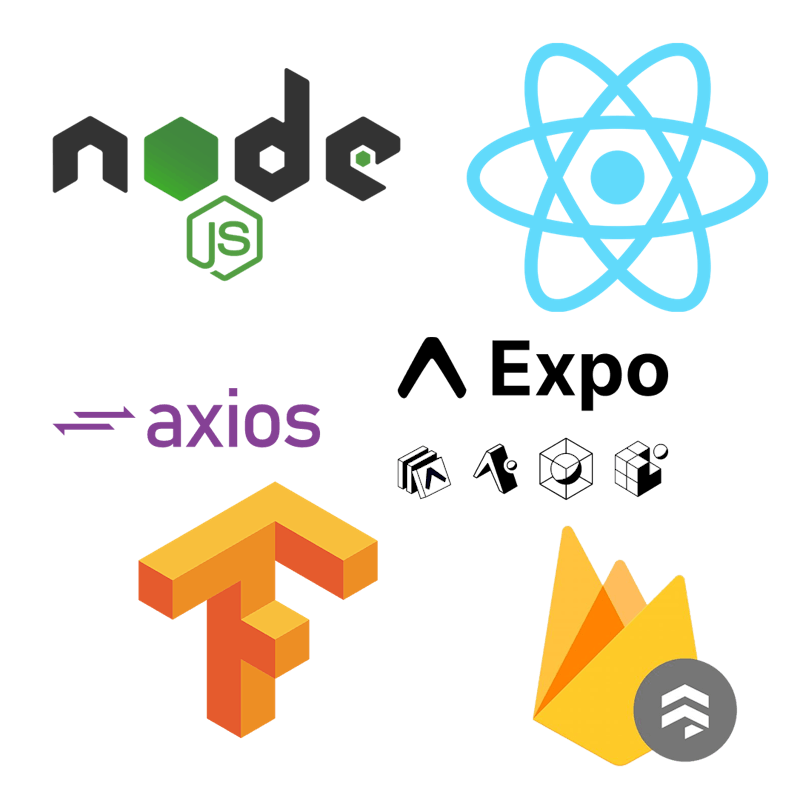Team 6026HeroespresentTripPackGo

TripPackGo Demo Video
A One-Stop Destination for Travel Planners
TripPackGo
TripPackGo is an innovative travel packing assistant and itinerary planner designed to streamline and enhance the packing process and trip organisation for travelers. The app provides users with tailored packing lists and detailed itineraries based on their trip details and personal preferences, ensuring a stress-free and organised travel experience.
Origin of the Idea
The concept for TripPackGo emerged from the common travel pain point of forgetting essential items and overpacking, as well as the challenge of organising trip activities. Travelers often struggle to create comprehensive packing lists and detailed itineraries, leading to stress and inefficiency. By leveraging technology and Machine Learning to automate and customise these aspects, the goal was to create a tool that simplifies trip preparation, saves time, and enhances the travel experience.
Overview of User Experience
Trip Pack Go offers a user-friendly interface and a seamless experience for creating personalised packing lists and itineraries. Here's a detailed overview of the user experience:
User Registration and Login:
Users can sign up for an account or log in using their credentials. This ensures that their preferences and past/planned trips are saved for future reference.
Home Screen:
The home screen of TripPackGo serves as the central hub for users to navigate their travel planning activities. Upon logging in, users are greeted with a welcome message and a clean and intuitive interface that showcases their soonest upcoming trip, allowing quick access to essential details. Displayed is a summary of the next scheduled trip, including destination and a countdown to the departure day. Below this, users will see a progress count showing the number of items packed and pending. If there are no trips planned, quick action buttons enable users to easily add a new trip, or if there is a trip, to create a packing list for it.
Itinerary Planning:
Upon creating an itinerary, users can input details about their upcoming trip, including destination and duration. This information helps tailor the itinerary to their specific needs.
The app provides suggestions for popular attractions, restaurants, and events based on the destination, helping users discover new places and experiences. Users can also choose from categorised activities by type (e.g., sightseeing, dining). Users select from the suggestions to then create detailed itineraries for their trips. Once saved users can refer back to their day by day itinerary as well as other useful details such as currency and exchange rate.
Customised Packing List Generation:
Users can also create packing lists connected to or independent from an upcoming itinerary.
Upon creating an independent packing list, users can input details about their upcoming trip, including destination, duration, purpose (business, leisure, adventure, etc.). If it is connected to an itinerary this information will be pulled automatically.
A Machine Learning model has been created to use the above information in order to tailor the packing list to their specific needs. This model provides a customized packing list including categories such as clothing, toiletries, electronics, documents, and miscellaneous items. The model considers factors like weather at the destination, style of travel and trip duration to suggest relevant items. Nonetheless, this model was not successfully implemented in the end however in the MVP, the user can manually add items they would like to add to the packing list.
Packing Progress Tracking:
As users pack their items, they can mark them as packed within the app. This feature helps travelers keep track of what they have already packed and what is still pending, minimising the risk of forgetting essential items.
User Preferences and Modifications:
Users can set their preferences for specific items they always want to pack. The app allows modifications to the auto-generated list and itinerary, giving users the flexibility to add or remove items and activities as needed. Users can also update their user details on their account page.
The Team

Zvi Haffner

Gabriela Nicol Herta

Stefan Oncica

Alfie Gibson

Jian Li

Weiran Lin
Technologies

We used: React, React Native, Expo Firebase, Firestore, Axios, TensorFlow, Node.js
We chose React and React Native for their robust ecosystem and efficiency in building cross-platform applications with a single codebase, ensuring a consistent user experience across web and mobile. Expo complemented React Native by streamlining the development process, offering tools for easy live testing. Firebase and Firestore were selected for their scalable backend solutions, providing real-time data synchronisation, authentication, and analytics. Axios was preferred for its promise-based HTTP client capabilities, simplifying API requests and handling asynchronous operations. Finally, TensorFlow was used for its powerful machine learning capabilities, enabling the integration of advanced AI features into our applications.
Challenges Faced
Throughout the development of TripPackGo, we embraced the opportunity to work with new and unfamiliar technologies, which was both challenging and rewarding. One of the standout experiences was our exploration of TensorFlow. Delving into the world of AI and machine learning offered us an incredible opportunity to train our own model and gain deeper insights into these cutting-edge technologies. However, integrating our TensorFlow model into the app presented significant hurdles, and ultimately, although having a working model, we were unable to complete the integration within our project timeline.
Time constraints emerged as a recurring challenge throughout the development process. The limited timeframe taught us invaluable lessons in time management and prioritisation. While we made considerable progress, the short time frame prevented us from fine-tuning the app to the next level and from implementing all the innovative features we had envisioned.
Despite these challenges, the experience was profoundly enriching and highlighted both the potential and complexities of building and incorporating advanced technologies into practical applications.

